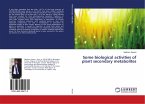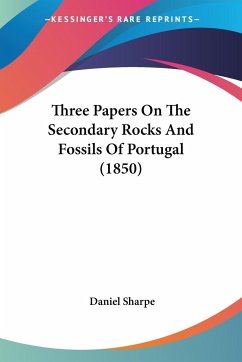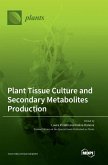Thesis (M.A.) from the year 2008 in the subject Didactics - Biolology, grade: 2,0, Karlsruhe University of Education (Biologie), course: Zulassungsarbeit, language: English, abstract: The Quagga mussel (Dreissena bugensis rostriformis) is a non-indigenous species that has been recorded in Germany for the first time in the Main river, east of Würzburg in 2007 (VANDER VELDE & PLATVOET 2007). In October 2007 the Quagga mussel has been recorded at several harbors of the upper Rhine as in the Rheinhafen Karlsruhe, the Ölhafen and theIndustriehafen Mannheim (MARTENS et al. 2007), latter being the locality were samples were taken for this study. D. rostriformis bugensis is closely related to the Zebra mussel (Dreissena polymorpha), which has been recorded in the upper Rhine close to Mannheim around 1840(REY et al. 2004).Both species are so called "invasive species" defining them as animals, which "have entered an environment after 1492 (beginning of modern times), that has not been accessible before, to establish new potential populations. This progress happens intended or unintended with direct or indirect involvement of human being" (own translation from German; KINZELBACH 1996) Invasive species are found in many various fauna groups and they often differ in their invasive strategy. D. polymorpha and D. bugensis are both examples of r - strategy;animal groups with a high reproductive potential, which are usually undemanding generalists (REY et al. 2004).The origin of the Zebra and the Quagga mussel is the northwestern part of the Black Sea and some estuaries (ORLOVA et al. 2004, VAN DER VELDE & PLATVOET 2007). The natural dispersal of Dreissenidae happens mainly by larval drift enhanced by currents, or water birds which spread larvae attached to them. But human influence allows these species to cope with larger distances and to cross their natural barriers. Veliger larvae of Dreissenidae can settle on boats or they are being transported within the ballast water of ships, allowing them to move upstream. So shipping has been identified as the primary dispersal mechanism for both invasive freshwater Dreissenids (JOHNSON et al. 2001; ORLOVA et al. 2005). There are two main canals connecting the Pontocaspian region with the region of Western Europe. The navigable waterways of the interconnected rivers Dniepr, Prypet, Bug, Vistula, Oder, Rhineand German canals (Midland canal etc.) constitute a northern invasion route, and the Danube a southern route to western Europe (MÜLLER et al. 2002)
Hinweis: Dieser Artikel kann nur an eine deutsche Lieferadresse ausgeliefert werden.
Hinweis: Dieser Artikel kann nur an eine deutsche Lieferadresse ausgeliefert werden.







